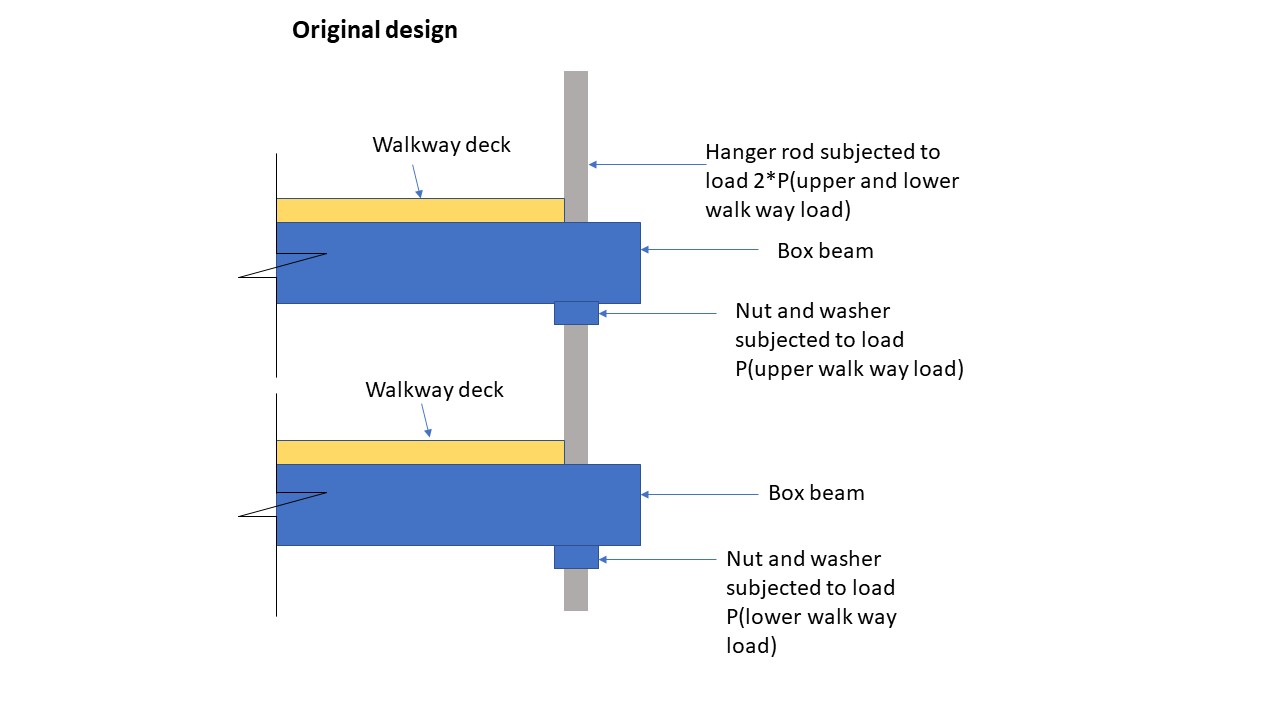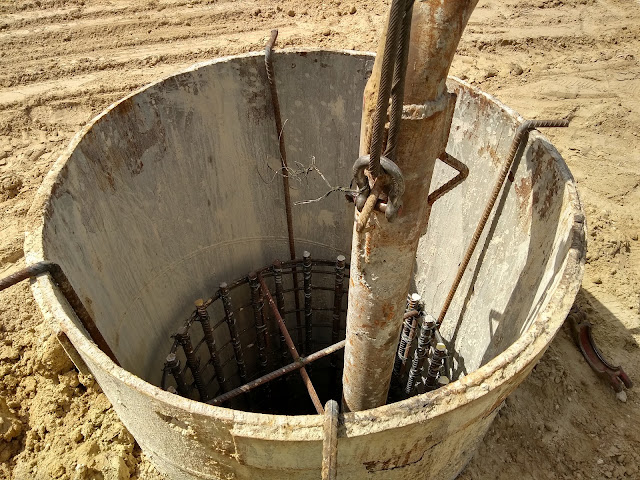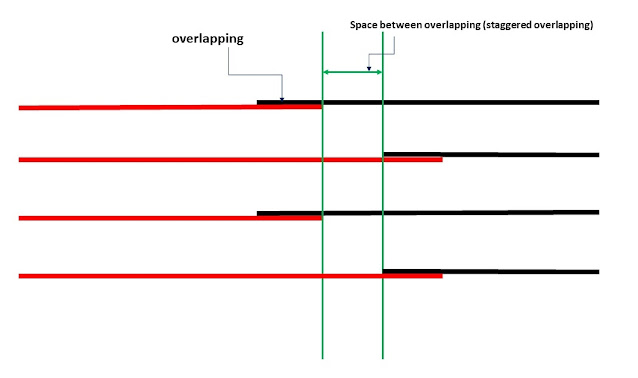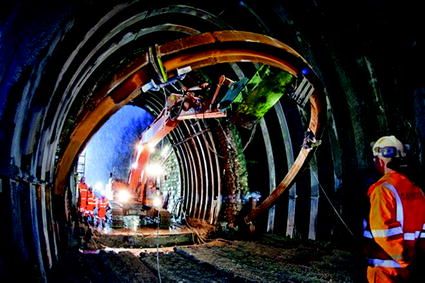Structure failure (faulty construction-case study)
Faulty construction can result in severe consequences that can lead to structural failure. Undoubtedly, faulty construction is the most important cause of structural failure. Poor communication, poor workmanship, lack of supervision team experience, lack of work ethics, and discipline are the most causes of faulty construction. Many practices in the construction field are wrong, and it is carried out daily as correct practices. Labor using salt sand for concrete, reducing the amount of reinforcement, early removal of falsework, bad riveting, improper tightening torque on nuts, and modifying the design on the field without informing designers are examples of faulty practices. Faulty practices must be checked firmly and stopped to avoid undesirable consequences.
In 1981 a walkway collapsed in Hyatt Regency Hotel, Kansas City, while a massive number of people gathered on the suspended walkway above the dancing floor. The upper walkway collapsed and fell on the lower walkway, and the two fell on the crowded dance floor. 114 people killed and 200 injured as a result of the tragic accident.
The two walkways suspended above each other and hanged to the ceiling by hanger rod. The walkway supported by a box beam. The box beam made from two channels welded together. In the original design, the two walkways are hanged by a single hanging rod, as shown in figure 1. In the original design, the nut for upper and lower walkway was loaded by P (walkway load) for each, as shown in figure 1.
Under the new condition, the box beam and the nut of the upper walkway were overstressed above their limits because it is not designed to carry the loads from the lower and upper walkway (2*P). The shear stresses on the box beam of the upper walkway doubled and cause the beam to bent as shown in figure 4 and this followed by the collapse of the upper walkway and lower walkway on the crowded dancing area.
Altering the original design by unqualified personnel without notifying the designer and the inadequate supervision by the engineers lead to this tragic accident. Engineers and supervisors must always follow the design given by the competent designer, and any changes should be furnished to the engineer to verify structure capacity and integrity. Also, engineers and supervisors must follow and inspect the work at the field and stop any faulty construction practices.
In 1981 a walkway collapsed in Hyatt Regency Hotel, Kansas City, while a massive number of people gathered on the suspended walkway above the dancing floor. The upper walkway collapsed and fell on the lower walkway, and the two fell on the crowded dance floor. 114 people killed and 200 injured as a result of the tragic accident.
The two walkways suspended above each other and hanged to the ceiling by hanger rod. The walkway supported by a box beam. The box beam made from two channels welded together. In the original design, the two walkways are hanged by a single hanging rod, as shown in figure 1. In the original design, the nut for upper and lower walkway was loaded by P (walkway load) for each, as shown in figure 1.
Figure 1
The original design modified at the time of fabrication instead of using one hanger rod. The contractor hanged the upper walk to the ceiling by a hanger rod and fastened the lower walkway to the upper walkway, as shown in Figures 2 and 3.
Figure 2
Figure 3
Figure 4



















Comments
Post a Comment